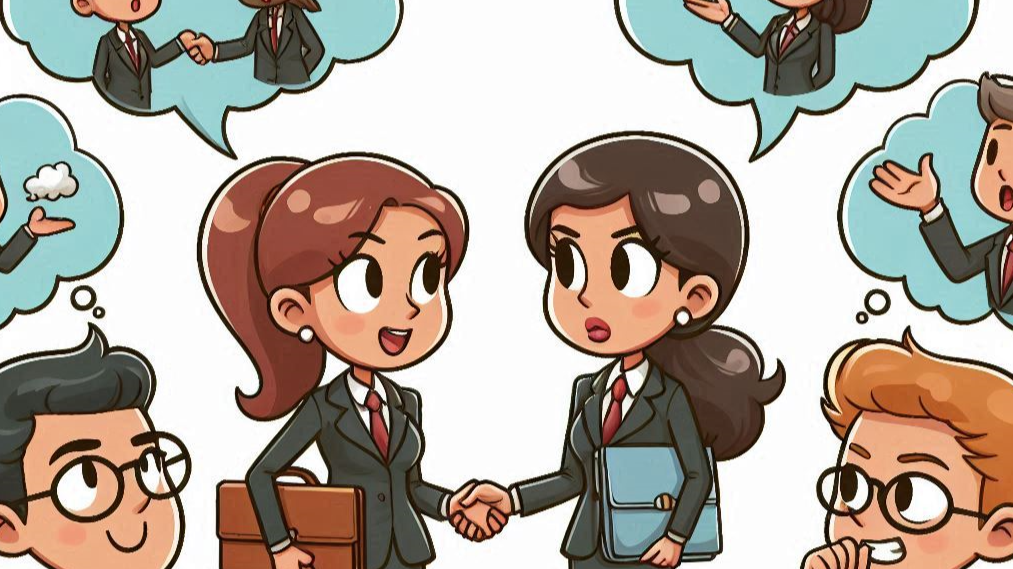We’ve all been there—you walk into a meeting full of optimism, only to leave feeling like nothing was accomplished. 🤦♂️ Time wasted, tensions high, and no real progress made.
The truth is, effective strategic conversations and negotiations aren’t just about preparation—they’re about practice, perspective, and understanding human behavior.
The Art of Strategic Conversations 🎯
Strategic conversations are purposeful dialogues designed to move people toward a common goal. Unlike casual discussions, they require intentionality, collaboration, and the ability to bring together diverse perspectives.
If you’ve ever left a meeting feeling unheard or frustrated, it’s likely because the conversation wasn’t structured to drive meaningful outcomes. So, how can we make strategic discussions more productive?
1️⃣ Set the Stage – Before diving into details, ensure everyone understands the purpose of the discussion. What are we solving for? 2️⃣ Engage, Don’t Just Inform – The best conversations are two-way streets. Instead of broadcasting information, invite different viewpoints. 3️⃣ Balance Challenge & Support – Encourage constructive debate, but keep it focused on solutions rather than problems.
Different Audiences, Different Strategies 🎭
Over the years, I’ve learned that the best approach to strategic conversations depends on the audience. Here’s what works best in different situations:
👥 For Teams & Peers: It’s all about getting them onboard. I like to guide discussions by asking “What else?” repeatedly— ➡️ What else could go wrong? ➡️ What else could go right?
Exploring every angle ensures that everyone feels heard and invested in the final decision. If people help shape the plan, they’re far more likely to support it.
🤝 For One-on-One or Personal Conversations: Emotional buy-in is key. People don’t just follow logic—they follow connection. Making the conversation personal and meaningful helps align interests and build trust.
🎤 For Leadership & Large Crowds: The best way to bring people on board with a strategy is through storytelling. People may forget the details of what you said, but they’ll remember how you made them feel.
💡 A powerful technique? Use “Yes, and…” instead of shooting down ideas. Even if you disagree, find the value in their perspective before adding your own: ✔️ Acknowledge their point (“That’s a great insight…”) ✔️ Find the truth in it (“You’re absolutely right that…”) ✔️ Build on it (“And here’s how we take it even further…”)
When people feel heard, they’re more willing to listen. And that’s the real key to influence.
Rethinking Negotiations: It’s Not a Battle ⚖️
Many people see negotiation as a win-lose scenario. But the most effective negotiators know that successful deals aren’t about winning—they’re about alignment.
Instead of focusing on how to “beat” the other side, try: ✅ Finding common ground – What does success look like for both parties? ✅ Building trust – People negotiate with those they respect. Listen first. ✅ Being flexible – Concessions aren’t a sign of weakness; they’re part of progress.
At its core, negotiation is just another form of strategic conversation—one where mutual success is the goal, not just personal gain.
Mastering the Conversation 🏆
Want better outcomes in meetings, negotiations, and everyday discussions? Shift your mindset from winning arguments to facilitating progress. The best leaders and communicators don’t just talk—they design conversations for impact.
👉 What’s your go-to strategy for handling tough conversations? Let’s discuss in the comments!


Leave a Reply